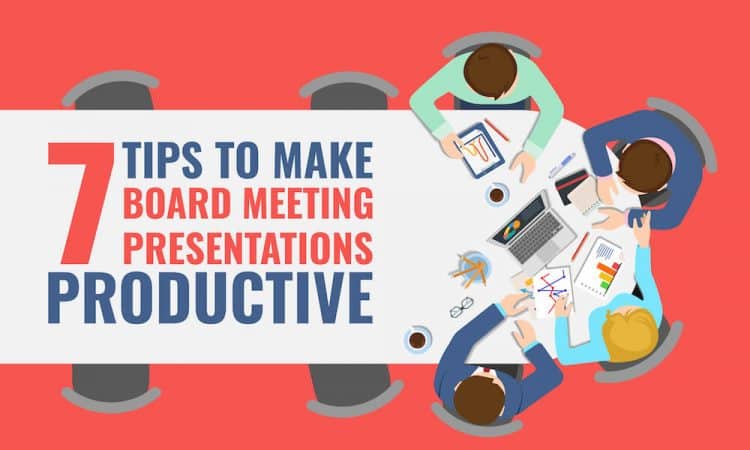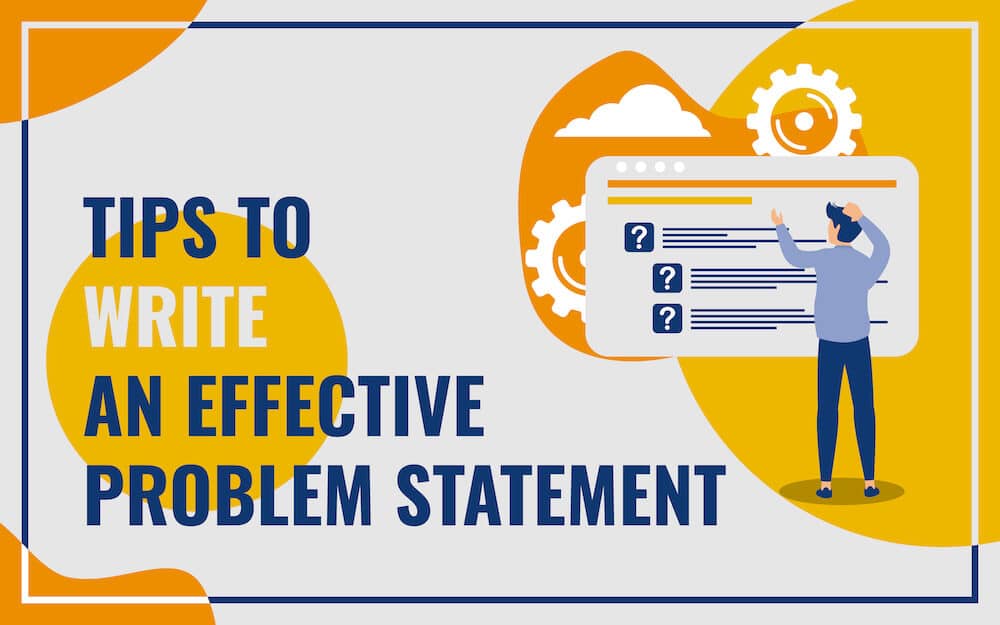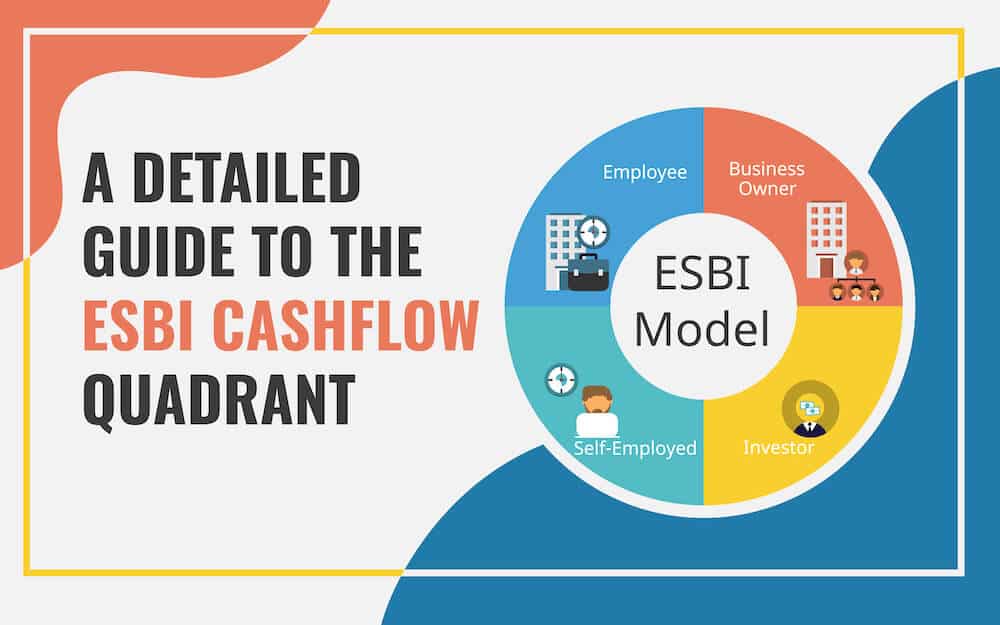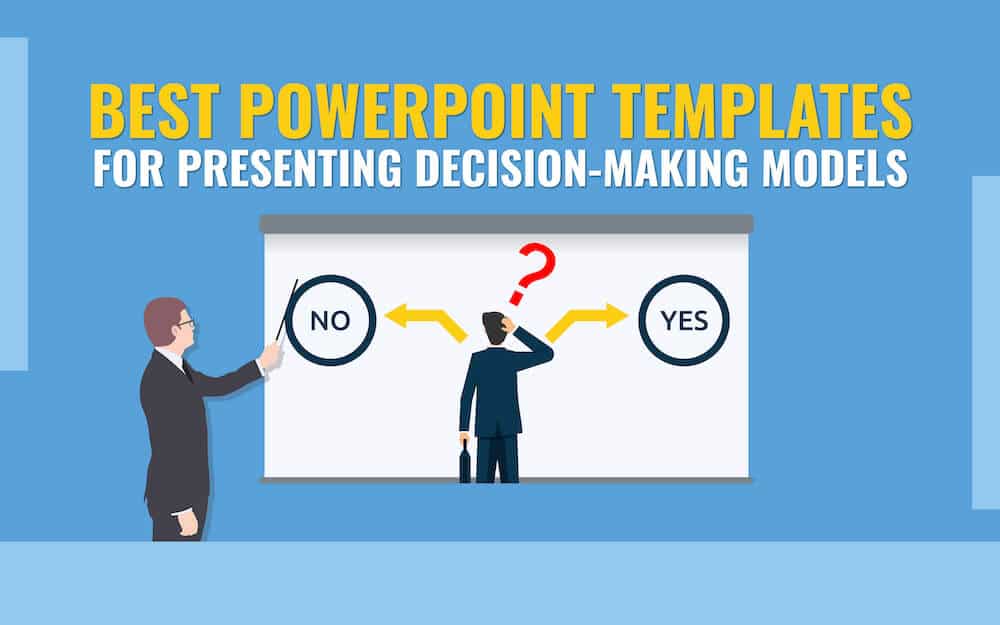
Board meeting presentations are unique and different from other business presentations for many reasons, such as their high-stake nature, strategic importance, experienced and diverse audience invested in the organization’s growth, limited meeting frequency, and the long-term impact of decisions. That’s why these presentations need an out-of-the-box approach to design and deliver them.
Board meeting presentations can be a huge turning point in your career – they can help you hone your leadership skill set and grow in your role. However, crafting an effective and impactful presentation is indeed a herculean task as you feel under immense pressure to get it done right.
To help you unburden yourself and reduce your worries, we have provided a few tips to make your next board meeting presentations engaging and productive. Implement these tips and ensure success!
Importance of Board Meeting Presentations
Though board meetings are organized less frequently, their importance and influence extend beyond the boardroom, ensuring governance and driving the company’s success.
A well-structured presentation can make the meeting more fruitful, saving valuable time for board members. Let’s discuss the importance of these presentations in detail.
- They foster accountability and transparency, bringing all board members on the same page.
- They facilitate problem-solving and informed decision-making.
- They help visualize the areas of strategic importance that need urgent attention from the board.
- These presentations let you communicate and explain critical situations and seek approval or guidance from the board members.
- Through these presentations, you can showcase the financial performance and health of the organization, which makes it easy for the board members to make necessary adjustments and set the strategic direction for the future.
What Topics Should be Included in Board Meeting Presentations?
Due to the high-stakes nature of the meeting and the time constraints of the board members, you would certainly not want to ruin the meeting by including anything irrelevant or less important in your presentation. So, we suggest you make your presentations crisp, valuable, and thoughtful by incorporating the following topics-
1. Business Performance Highlights
With this template, you can provide a bird-eye view of your overall business performance without putting information overload on your audience. Bar graphs, pie charts, line graphs, and area charts have been incorporated into this deck to let you present data related to annual/quarterly revenue growth, market share, profit margin, sales growth, customer churn rate, customer acquisition cost, etc. It helps top management get a glimpse of what went well, what needs to be improved, and how to proceed further to overcome challenges and grab opportunities.
2. Challenge and Solution
This beautifully designed template will help you draw the audience’s attention to the challenges and roadblocks you faced while working on a specific project and the solutions you implemented to deal with them. You can also highlight potential risks associated with marketing plans, initiatives, and strategies you look forward to executing in the next month/quarter and possible ways to mitigate them. This set of slides will allow you to seek management’s thoughts and viewpoints to convert challenges into opportunities.
3. Industry Trends
Include insights about the latest industry trends and developments in your board meeting presentations to acquaint decision-makers with the market dynamics, shifts in consumer behavior, emerging technologies, etc. It empowers them to uncover patterns and make informed decisions regarding making changes in the product strategy, implementing new initiatives to improve user experience, or investing in new technology to stay tuned with future trends.
4. Competitor Analysis
Showcase your company’s market position with respect to its competitors using this graphic-rich template. You can highlight the market dominance, product offerings, weaknesses, operational strengths, etc., of the organizations selling similar services or products in the market you operate. You can shed light on the gaps left by competitors, which your company can bridge through its offerings to get an edge. You can also depict the resources you need to stay ahead of the curve.
5. New Opportunities
Untapped market segments, underserved customer needs, new business-friendly international trade policy, etc. – there may be lots of growth opportunities for your company. You can highlight all those opportunities that align with your company’s strengths, expertise, and competence and ways to embrace them. You can also depict the need for employee upskilling, new technology implementation, and reforms in existing processes to empower the organization to tap into new opportunities.
6. Future Planning
You can present the firm’s future plan for expanding business in new geographies and markets, strengthening investor relations, outsourcing business operations, etc., in a visually impressive manner using this template. You can also show your product launch plan and preparedness for inculcating new trends in operational processes.
7. Key Performance Indicator (KPI)
This template empowers you to present the KPIs and reflect on the success of your initiatives in achieving organizational goals. You can also portray metrics and KPIs for recruitment drives, marketing campaigns, customer services, risk management, revenue growth, etc., to provide board members with a quantifiable measure to track progress and figure out variances.
Besides these, according to your presentation’s objectives, you can include slides highlighting the recap of the previous meeting, governance and compliance, ESG (Environmental, Social, and Governance) initiatives, etc.
Best Practices for Making Board Meeting Presentations Productive
1. Know Your Board Members
Understanding and knowing the board members’ backgrounds and interests will help you create a precise presentation that addresses their concerns. For example, if your audience comes from a finance background, they will be more focused on the costs, operating margins, risk-to-return ratios of a project or initiative, etc. If they come from a technical background, their focus will be more on the scope, work breakdown structure, the viability of design and architecture ideas to execute a project, etc.
In case your audience is from a diverse background having a different focus, you must create a well-rounded presentation to tackle each one’s concerns.
2. Develop a Powerful and Focused Agenda
An agenda gives a perfect head start to your board meeting presentation.
As a presenter, a well-created agenda slide helps you in two ways- first, it lets you stay on track and avoid tangential discussions, and second, it helps you not miss important points. It also provides a snapshot to the audience as to what they can expect in the next 40-45 minutes, which encourages their participation.
To make your agenda more effective, you must keep it short and organize it in a hierarchical structure. Keep the most important items at the top of the agenda.
3. Send the Agenda and Other Materials Beforehand
Send the agenda, demos, reports, and all other materials and supplemental information to each board member in advance (at least a week before) for their review. It helps the audience stay on the same page, prepare well, and provide feedback or comments before the presentation day. It also enables them to bring more context to the meeting.
As a presenter, you also get the benefit of sharing an agenda in advance- during the presentation, you can jump straight to the main points, skipping minute details. It saves more time for productive and fruitful discussions.
4. Prepare Your Presentation According to the Board’s Process
Owing to the less time in the boardroom, board members form important consensus and opinions before the meeting. During the meeting, they prefer to discuss the key points to finalize the consensus and make the decision. That’s why, unlike other business presentations, board presentations don’t have standard guidelines. Some of them are designed in such a way that allows discussions as the points come up. While others allow discussions at the end.
Understand the board’s process first and then prepare your presentation. Get to know if the presentation should be formal, if the audience discusses the points in the middle or end of your talk, if you will be allowed to participate in the discussion, etc.
5. Keep the Presentation Short
As board members are responsible for the overall growth of the company, they have to look into all aspects of it – be it finance, operations, HR, etc. As a result, they have little time for your presentation. If you want to make the most of every minute of their time, avoid beating around the bush and keep your presentation concise and complete, factual and persuasive, substantiated and simple.
Here are a few tips to keep your presentation short-
- Summarize the essence or crux of your talk in one or two sentences.
- Make your narrative inductive instead of deductive.
- Include statistics, numbers, and data that support your key message.
- All details and bulk information must go into the attachment instead of the presentation.
6. Use Relevant Visuals
Not all types of visuals can represent your particular statistics or data with excellence. For example, if you want to showcase percentage data of the whole (let’s say, sales volume of different business units in a specific country), you can visualize it impactfully using a pie chart instead of a bar graph.
So, you must be thoughtful while choosing the visual for data visualization. Also, keep in mind not to brim slides with too many visuals, as it will only increase the cognitive overload. For example, image 1 portrays the information clearly through a table diagram. Contrary to this, image 2 makes it difficult to read and understand the information due to the inclusion of too much text and visuals (table and map) in the same slide.
7. Focus on the Long-Term Results
Board members are more interested in gaining insights into how your initiatives, plans, or initiatives will help the organization accomplish its goals and create value for the stakeholders. So, as a presenter, your discussion must focus on the bigger picture, the end results, and the long-term impact.
Consider the following questions to prepare an outcome-focused presentation-
- What’s your proposal/idea/recommendation, and why should the board members consider it?
- How will your proposal or idea impact the organization in the long term?
- What are the potential risks and challenges in the implementation of your idea/proposal, and how can they be mitigated?
- Do you have enough data to support your points?
Quick Tips
- Conclude your presentation within time.
- Add a CTA (call-to-action) to your conclusion.
- Within the week, send the meeting minutes to all the attendees (even to those who didn’t attend). It must include key decisions made, agreed-upon action items, and to-do’s.
- Rehearse your presentation well to avoid jitters and ensure confident delivery.
Wrap Up
From preparation to follow-ups and sending meeting minutes, you must take care of many things to make your board meeting presentation successful. All your efforts may go in vain if you miss out on any crucial aspect. So, go the extra mile to spruce up your slides and spark engagement and collaboration with your talk.
The above tips will ease your presentation creation worries and give you the right direction to impress your audience. So, follow them and get appreciation in the boardroom!



